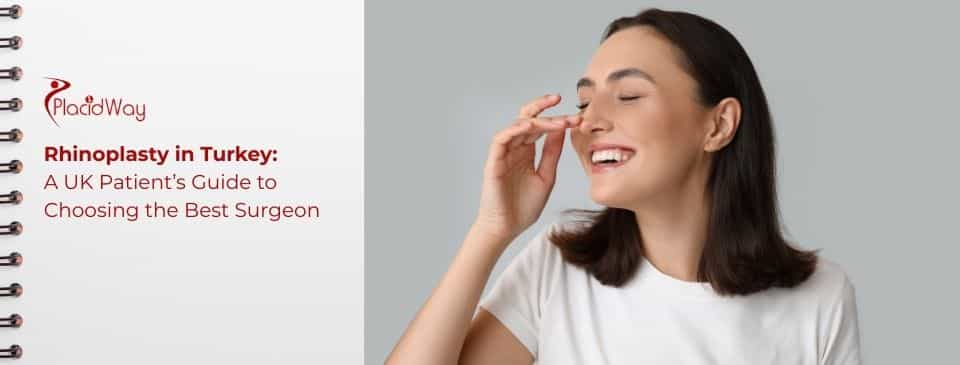
Rhinoplasty, or a nose job, reshapes the nose for facial harmony and improved breathing. Turkey is a top choice for UK patients seeking rhinoplasty, offering expert surgery and significant cost savings.
Key Takeaways
-
Rhinoplasty in Turkey typically costs £2,100 - £4,200 for an all-inclusive package, saving 60-70% compared to the UK (£6,000 - £10,000).
-
The procedure corrects nose size, shape, nostril width, and symmetry, often improving breathing function.
-
Clinics in Istanbul offer comprehensive packages including surgery, accommodation, transfers, and post-operative care.
What is Rhinoplasty?
Rhinoplasty reshapes the nose, correcting aesthetic flaws and sometimes improving breathing.
Rhinoplasty is a personalized surgical procedure to alter the nose's appearance for a more balanced face. It addresses:
-
Nose Size: Adjusting proportion.
-
Nose Profile: Correcting humps or depressions.
-
Nose Tip: Reshaping a bulbous, drooping, or upturned tip.
-
Nostril Width: Narrowing wide nostrils.
-
Nasal Asymmetry: Correcting crookedness.
-
Breathing Problems: Improving obstructed airways (often with septorhinoplasty).
The procedure involves reshaping bone and cartilage, potentially removing or adding tissue grafts (from septum, ear, or rib).
Why UK Patients Choose Turkey for Rhinoplasty
Turkey is a premier destination for rhinoplasty due to its affordability, advanced medical facilities, and skilled surgeons, attracting many UK patients.
The popularity of rhinoplasty in Turkey for UK patients is due to:
-
Exceptional Affordability: Rhinoplasty in Turkey is significantly cheaper (60-70% less) than in the UK, without compromising quality. This is due to lower operational costs and favorable exchange rates.
-
Highly Experienced Surgeons: Turkey has many board-certified plastic surgeons specializing in rhinoplasty, gaining vast experience from high patient volumes.
-
State-of-the-Art Facilities: Top clinics in Istanbul use modern technology and meet international standards, often being JCI-accredited.
-
All-Inclusive Packages: Turkish clinics offer comprehensive rhinoplasty packages for international patients, typically covering surgery, anesthesia, tests, aftercare, luxury accommodation, and VIP transfers.
-
Medical Tourism Hub: Turkey's developed medical tourism industry provides a supportive environment with patient coordinators and translation services.
The Rhinoplasty Procedure: Step-by-Step
The rhinoplasty procedure is a precise surgical intervention, planned and executed to achieve desired aesthetic and functional improvements.
Here’s a general outline of rhinoplasty in Turkey:
-
Initial Consultation and Planning:
-
Thorough consultation (online then in-person) to evaluate nasal structure, facial proportions, aesthetic goals, and breathing.
-
3D imaging and computer-assisted modeling may be used to visualize potential outcomes.
-
-
Anesthesia:
-
Typically performed under general anesthesia (patient is asleep). Local anesthesia with sedation is an alternative.
-
-
Incisions:
-
Open Rhinoplasty: Incision across the columella for clear view, ideal for complex cases.
-
Closed Rhinoplasty: Incisions inside nostrils, leaving no visible external scars, for minor adjustments.
-
-
Reshaping the Nose Structure:
-
Skin and tissues are lifted to reshape bone and cartilage. This may involve removing, adding (grafts from nasal septum, ear, or rib), or repositioning structures.
-
Deviated septum correction (septorhinoplasty) can be done concurrently.
-
-
Closing Incisions and Splinting:
-
Incisions are closed with fine sutures. A nasal splint (internal/external) is applied to maintain the new shape and protect the nose.
-
Did You Know? The average rhinoplasty procedure takes approximately 2-3 hours, though complex cases or revision surgeries may take longer.
Cost of Rhinoplasty: Turkey vs. UK
The cost of rhinoplasty in Turkey is a significant factor, with Turkey offering a compelling financial advantage for UK patients.
Prices vary based on complexity, surgeon's experience, clinic reputation, and package inclusions.
|
Procedure |
Turkey (GBP approx.) |
UK (GBP approx.) |
Potential Savings in Turkey |
|---|---|---|---|
|
Primary Rhinoplasty (All-Inclusive Package) |
£2,100 - £4,200 |
£6,000 - £10,000 |
60% - 70% |
|
Tip Rhinoplasty |
£1,500 - £2,500 |
£3,000 - £5,000 |
50% - 60% |
|
Revision Rhinoplasty |
£3,000 - £6,000 |
£8,000 - £15,000+ |
50% - 60% |
Factors Influencing Cost:
-
Surgical Complexity: Extensive reshaping, septum correction, or revision rhinoplasty increase costs.
-
Surgeon's Expertise: Highly renowned surgeons may charge more.
-
Clinic Reputation and Location: Prestigious clinics in Istanbul may have slightly higher prices but offer superior facilities and services.
-
Package Inclusions: All-inclusive packages offer better value by covering accommodation, transfers, and aftercare.
Recovery and Aftercare for Rhinoplasty
The recovery period after rhinoplasty is gradual, with initial swelling and bruising subsiding within weeks, and final results appearing over months to a year.
-
Immediate Post-Surgery (Day 0-3):
-
Nasal splint and possible packing.
-
Swelling and bruising peak around 48 hours; cold compresses help.
-
Mild discomfort managed with pain medication.
-
Keep head elevated; avoid blowing nose.
-
Soft diet recommended.
-
-
First Week:
-
Splint and packing removed around day 7-10.
-
Bruising fades; light activities possible.
-
Continue gentle cleaning.
-
-
Weeks 2-4:
-
Noticeable swelling and bruising subside.
-
Gradually resume light exercise; avoid contact sports.
-
Avoid glasses resting on nose bridge.
-
-
Months 1-3:
-
Significant swelling resolves, except possibly tip.
-
Resume most normal activities, including moderate exercise.
-
-
Months 6-12:
-
Majority of swelling gone; nose refines shape.
-
Final results become apparent.
-
-
12-18 Months:
-
Nose reaches final, stable shape.
-
Risks and Potential Complications of Rhinoplasty
While rhinoplasty is generally safe, potential, mostly minor, risks and side effects exist.
-
Bleeding and Bruising:
-
Short Answer: Common, mild, and temporary.
-
Details: Avoid blood-thinners.
-
-
Swelling:
-
Short Answer: Universal and prolonged, especially tip.
-
Details: Patience is key.
-
-
Infection:
-
Short Answer: Rare but serious; requires prompt treatment.
-
Details: Follow hygiene and take antibiotics.
-
-
Numbness or Altered Sensation:
-
Short Answer: Temporary numbness in nose/upper lip is common.
-
Details: Sensation usually returns; permanent numbness is rare.
-
-
Asymmetry:
-
Short Answer: Minor irregularities can occur despite surgical efforts.
-
Details: Perfect symmetry is difficult.
-
-
Breathing Difficulties:
-
Short Answer: Can occur, though often improved by surgery.
-
Details: Skilled surgeon prioritizes functional aspects.
-
-
Unsatisfactory Aesthetic Outcome / Need for Revision:
-
Short Answer: Common concern, sometimes requiring revision rhinoplasty.
-
Details: Due to healing, skin thickness, or unrealistic expectations.
-
-
Anesthesia Risks:
-
Short Answer: General risks associated with any anesthesia.
-
Details: Discuss with anesthesiologist.
-
Candidacy for Rhinoplasty
Ideal candidates for rhinoplasty have completed facial growth, are healthy, and have realistic surgical expectations.
You might be a good candidate if you:
-
Completed Facial Growth: Typically 16-17 for women, 17-18 for men.
-
Good Physical Health: Free from active infections or chronic conditions. Smokers advised to quit.
-
Realistic Expectations: Aim for improvement, not perfection; results must harmonize with facial features.
-
Clear Aesthetic Goals: Specific reasons for surgery; able to articulate desired changes.
-
Psychological Maturity: Emotionally mature; undergoing surgery for self.
-
No Active Skin Conditions: Healthy skin over nose.
Alternatives to Rhinoplasty
For those not ready for surgery or with minor concerns, non-surgical options offer temporary or subtle improvements.
-
Non-Surgical Rhinoplasty (Liquid Nose Job):
-
Involves dermal fillers to smooth bumps, lift tip, or add volume.
-
Pros: Minimally invasive, no downtime, immediate, reversible.
-
Cons: Temporary (6 months-2 years), cannot reduce size, limited scope.
-
-
Nose Thread Lift:
-
Threads lift and sculpt nose.
-
Pros: Minimally invasive, quick, minimal downtime.
-
Cons: Temporary (up to 1-2 years), limited for major changes, risk of thread migration.
-
-
Nasal Exercises/Devices:
-
At-home methods claiming to reshape nose.
-
Pros: Non-invasive, no cost.
-
Cons: Limited scientific evidence, minimal/temporary results.
-
-
Cosmetic Contouring with Makeup:
-
Creates illusion of different nose shape.
-
Pros: Non-invasive, no cost, reversible.
-
Cons: Temporary, requires daily application.
-
Maintaining Your Rhinoplasty Results Long-Term
Long-term maintenance of rhinoplasty results involves protecting your nose and adopting healthy habits.
-
Protect Your Nose from Trauma: Avoid contact sports and accidental bumps.
-
Sun Protection: Protect nose from sun, especially during first year of healing.
-
Avoid Smoking: Impairs healing; compromises outcome.
-
Healthy Lifestyle: Balanced diet and hydration support skin health.
-
Realistic Expectations: Nose will age naturally; surgical changes are permanent.
-
Follow-up Appointments: Attend all appointments to monitor healing.
Frequently Asked Questions (FAQs)
How long do I need to stay in Turkey for rhinoplasty?
Most clinics recommend a stay of 7-10 days in Turkey for consultation, surgery, and initial post-op check-up/splint removal.
Will my nose look natural after rhinoplasty?
A skilled and experienced surgeon aims for a natural-looking nose that harmonizes with your facial features, achieving a subtle, unoperated appearance.
Is rhinoplasty painful?
No pain during surgery (under anesthesia). Post-op discomfort is common but manageable with medication, often described as pressure or dull aching.
When will I see the final results of my rhinoplasty?
Initial improvements are visible after splint removal (1 week). Significant progress by 3-6 months, but final results take 12-18 months as swelling fully resolves.
Can rhinoplasty improve my breathing?
Yes, rhinoplasty can significantly improve breathing, especially if caused by structural issues like a deviated septum. This is called septorhinoplasty.
What is the best age to get rhinoplasty?
The best age is after facial growth is complete, typically around 16-17 for females and 17-18 for males, ensuring stable, long-lasting results.
Will I have visible scars after rhinoplasty?
In closed rhinoplasty, no visible external scars. In open rhinoplasty, a small, inconspicuous scar on the columella fades over time.
Ready for Your Nose Transformation?
Embark on your journey to a more balanced and confident you with rhinoplasty in Turkey. PlacidWay connects you with top-tier plastic surgeons and accredited clinics in Istanbul and other leading cities, renowned for their expertise in nose reshaping.

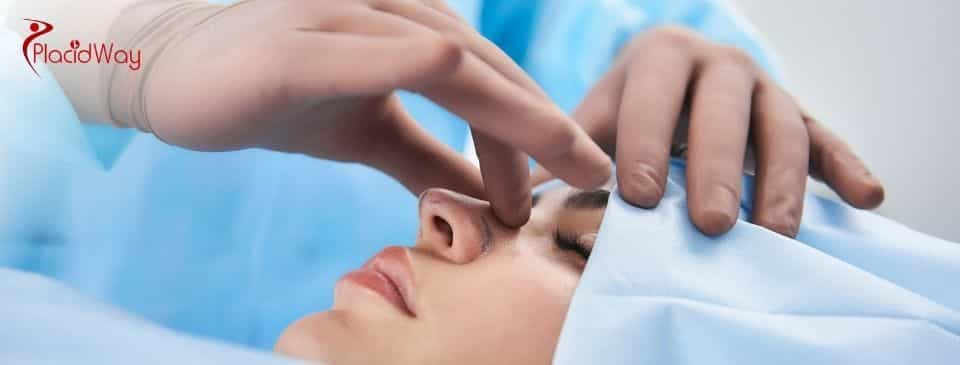
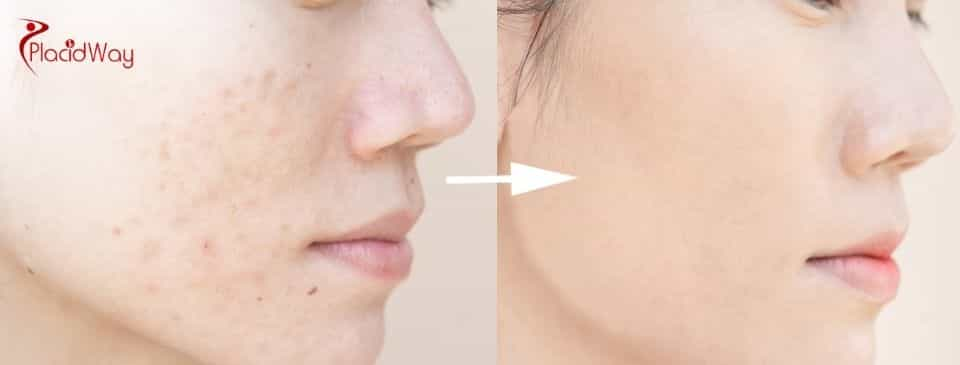

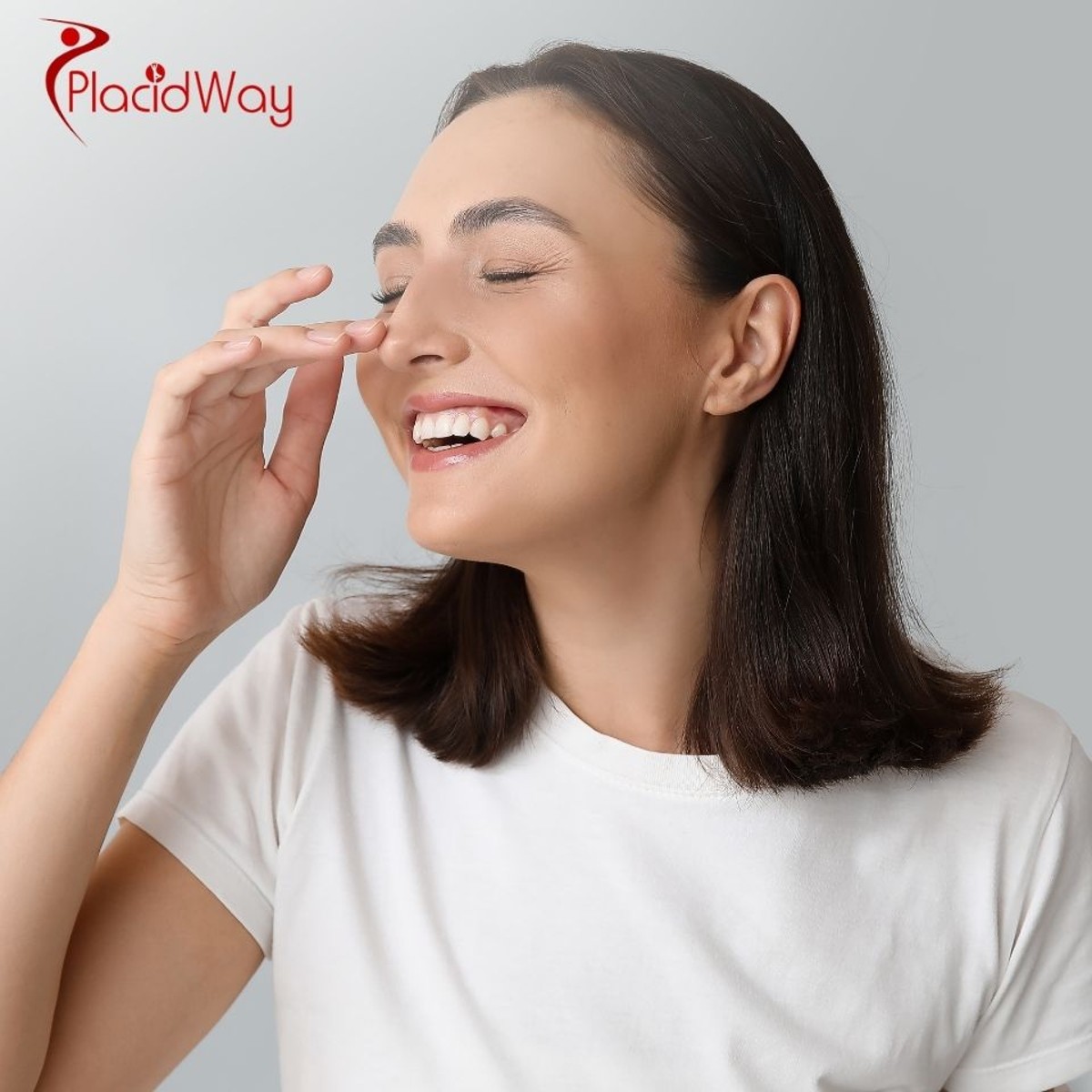

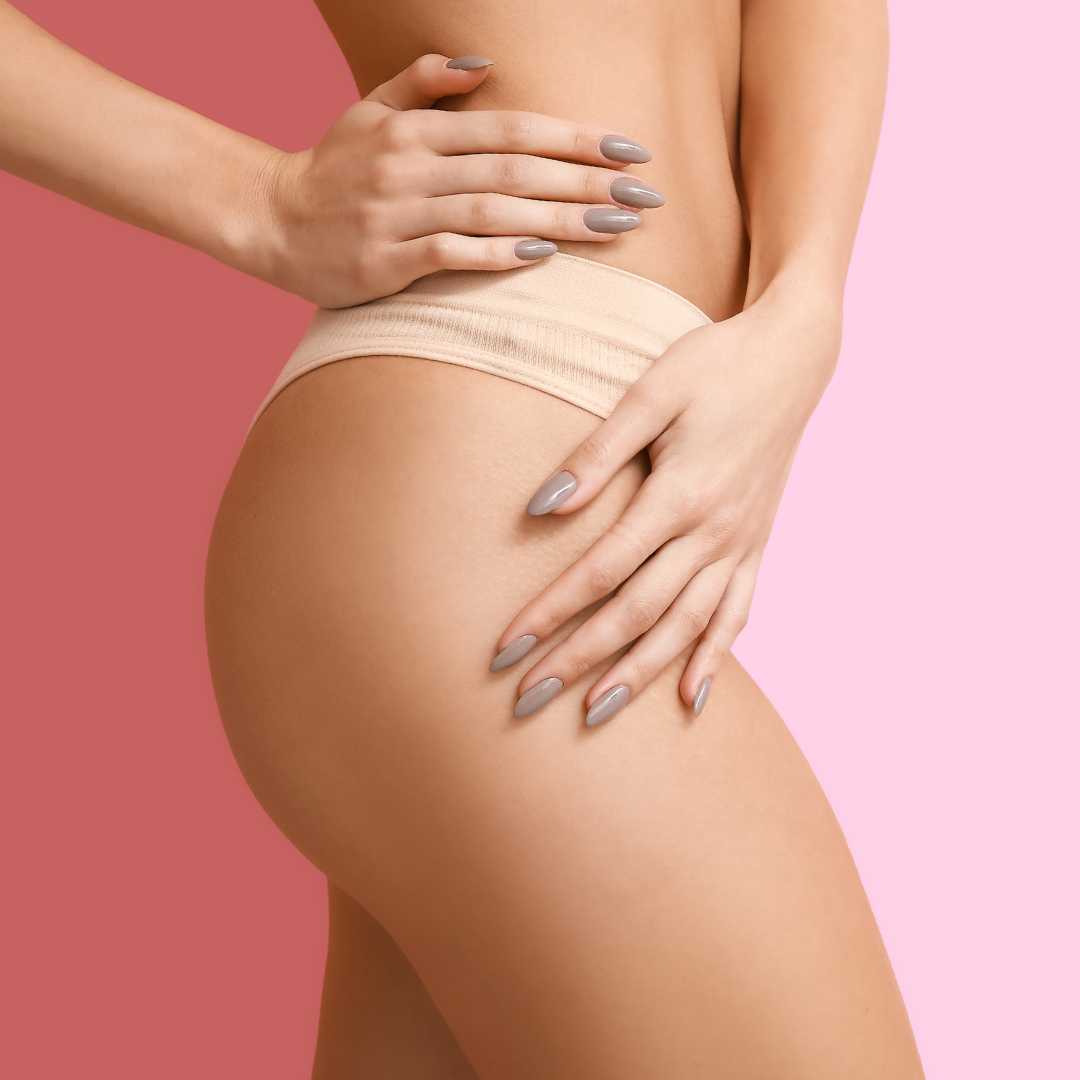
.png)
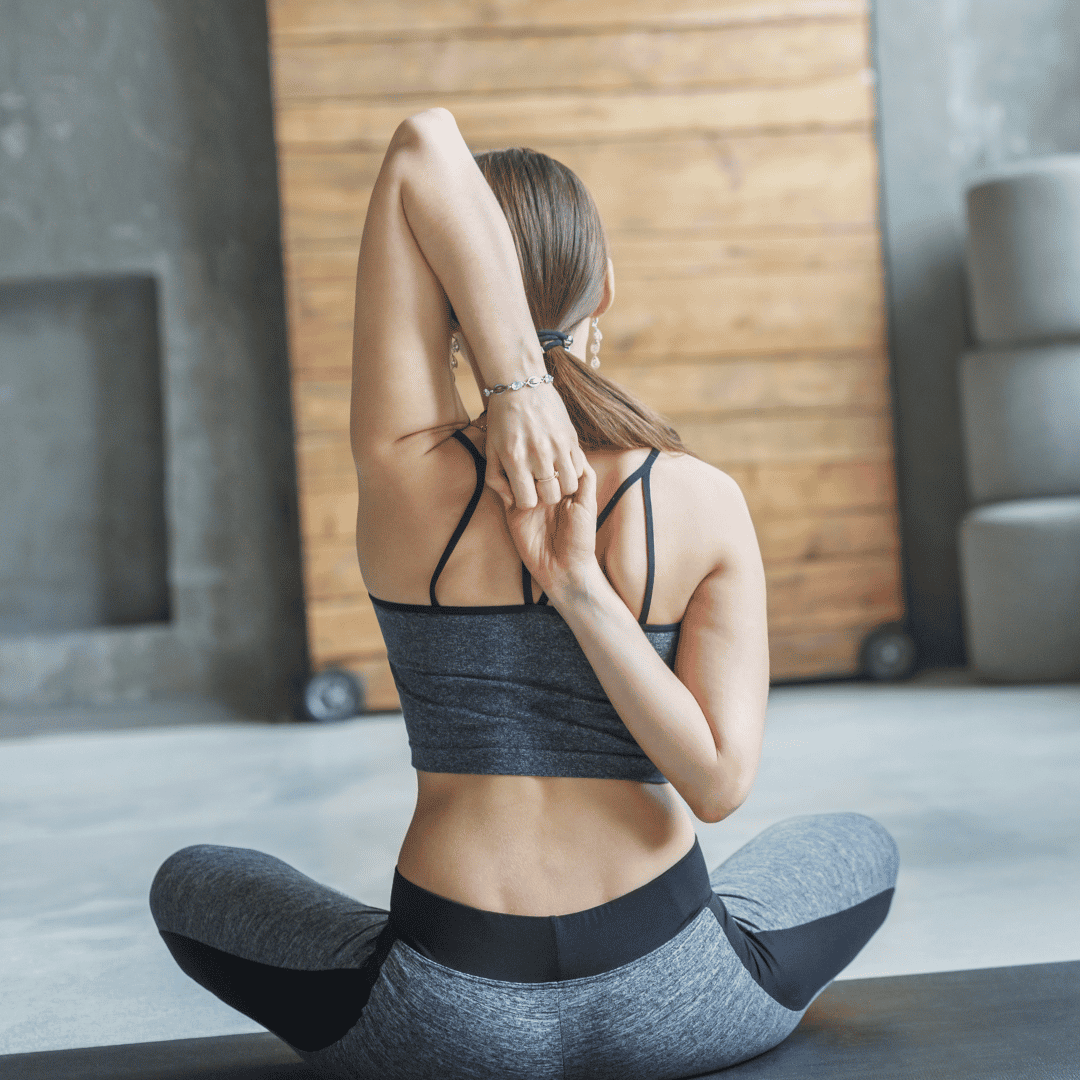
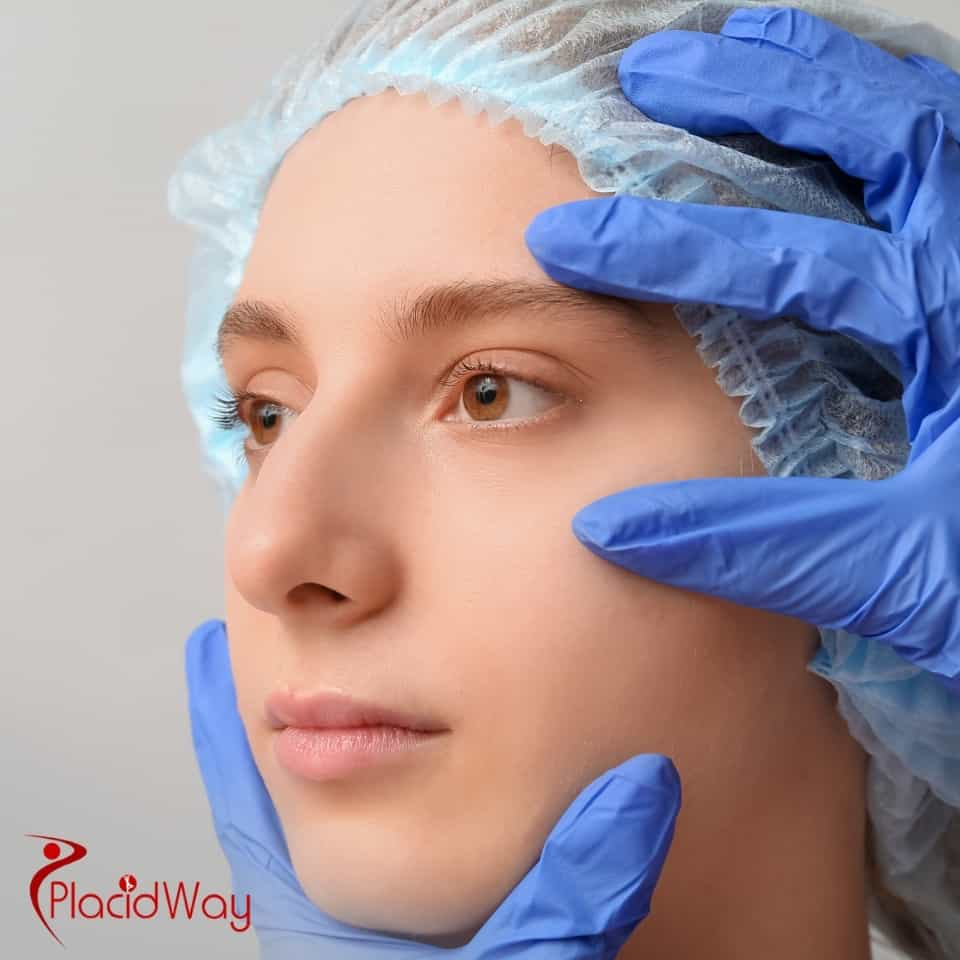
.png)
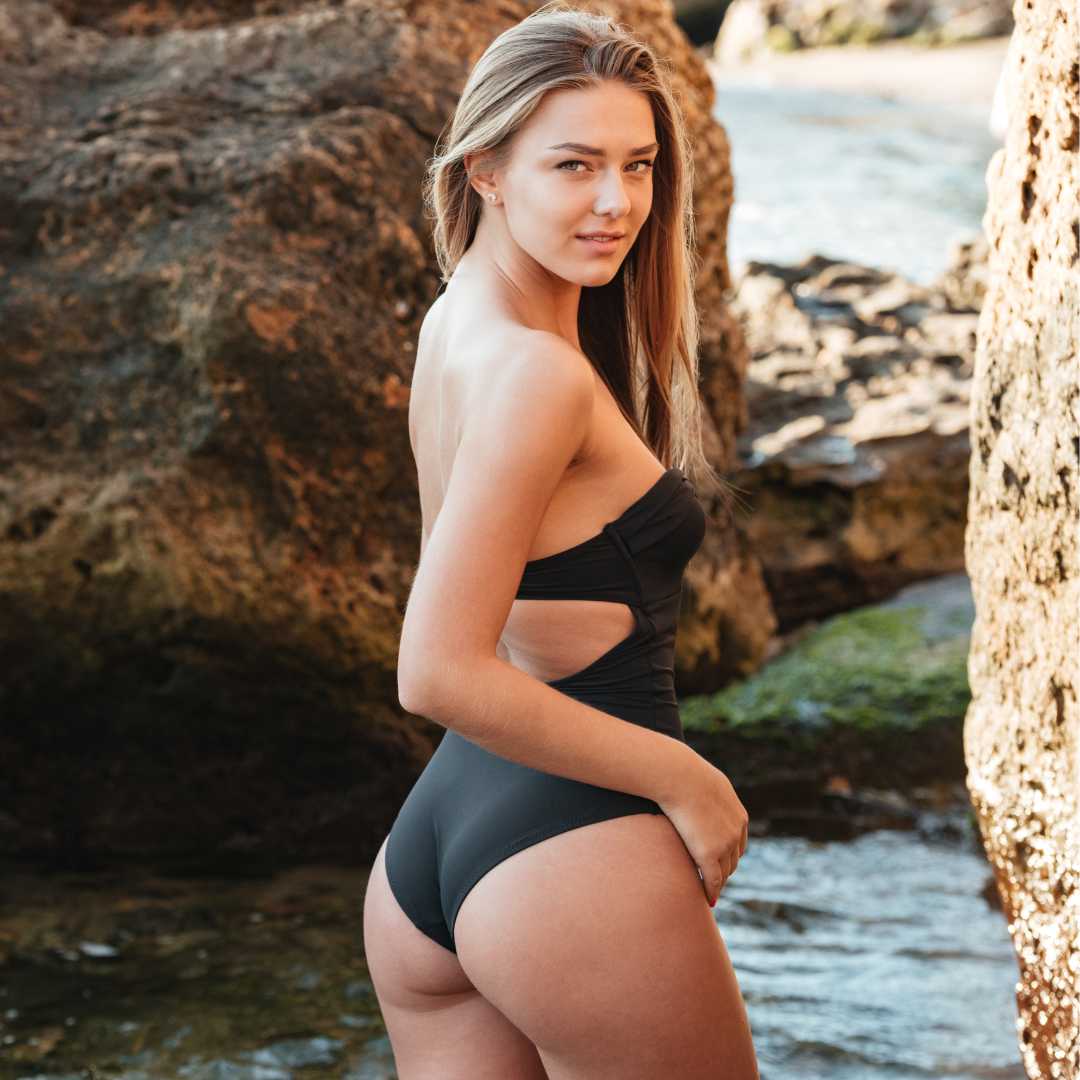
.png)
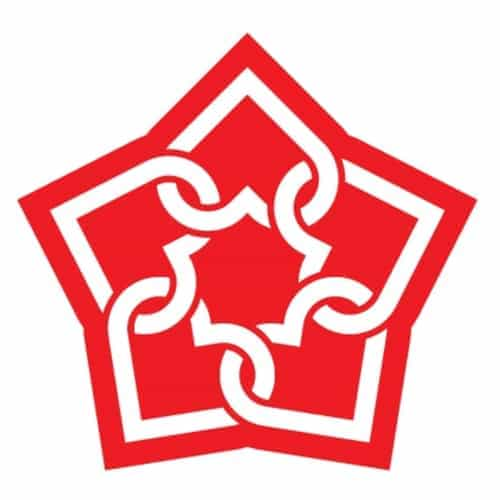
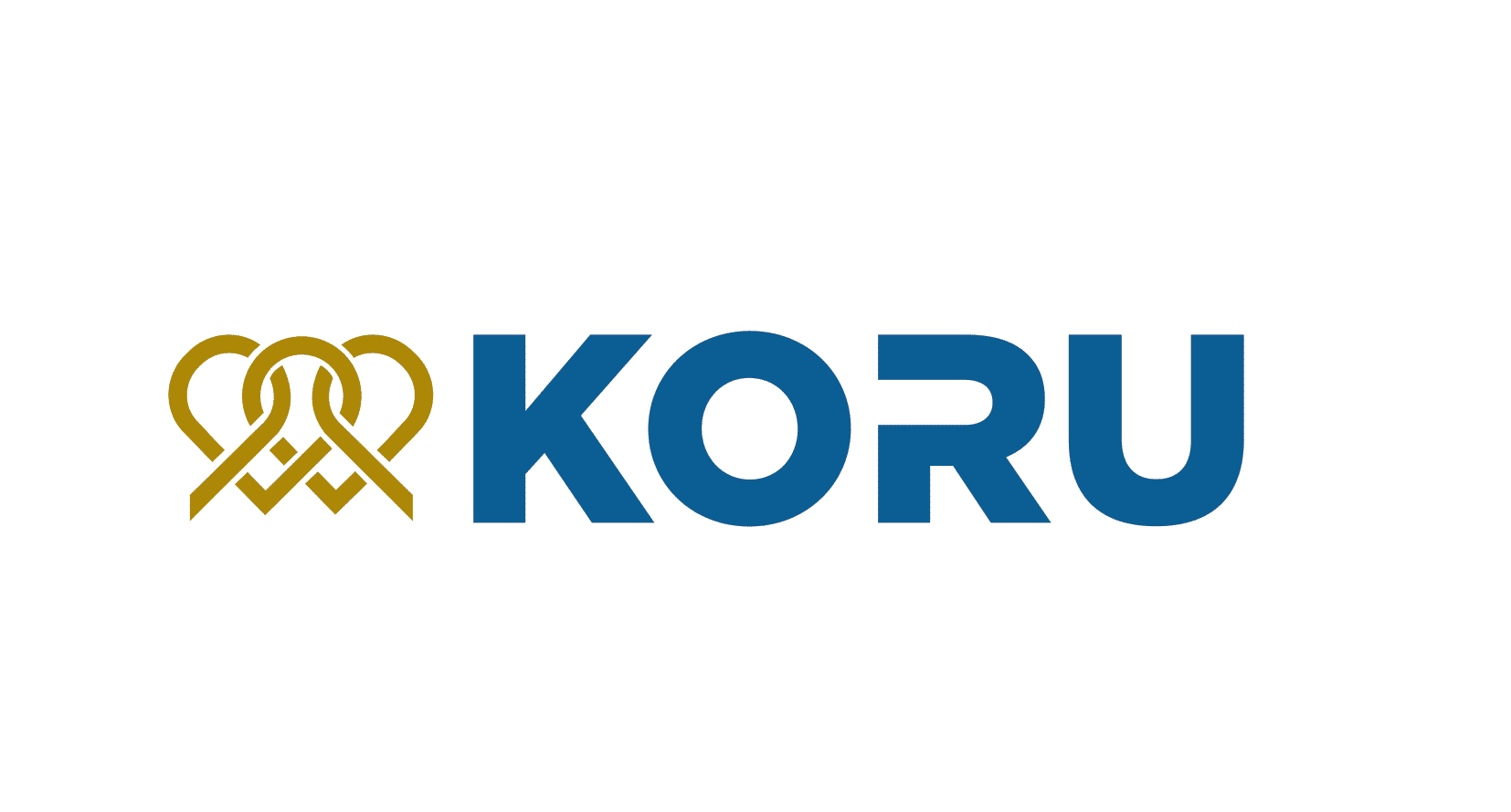
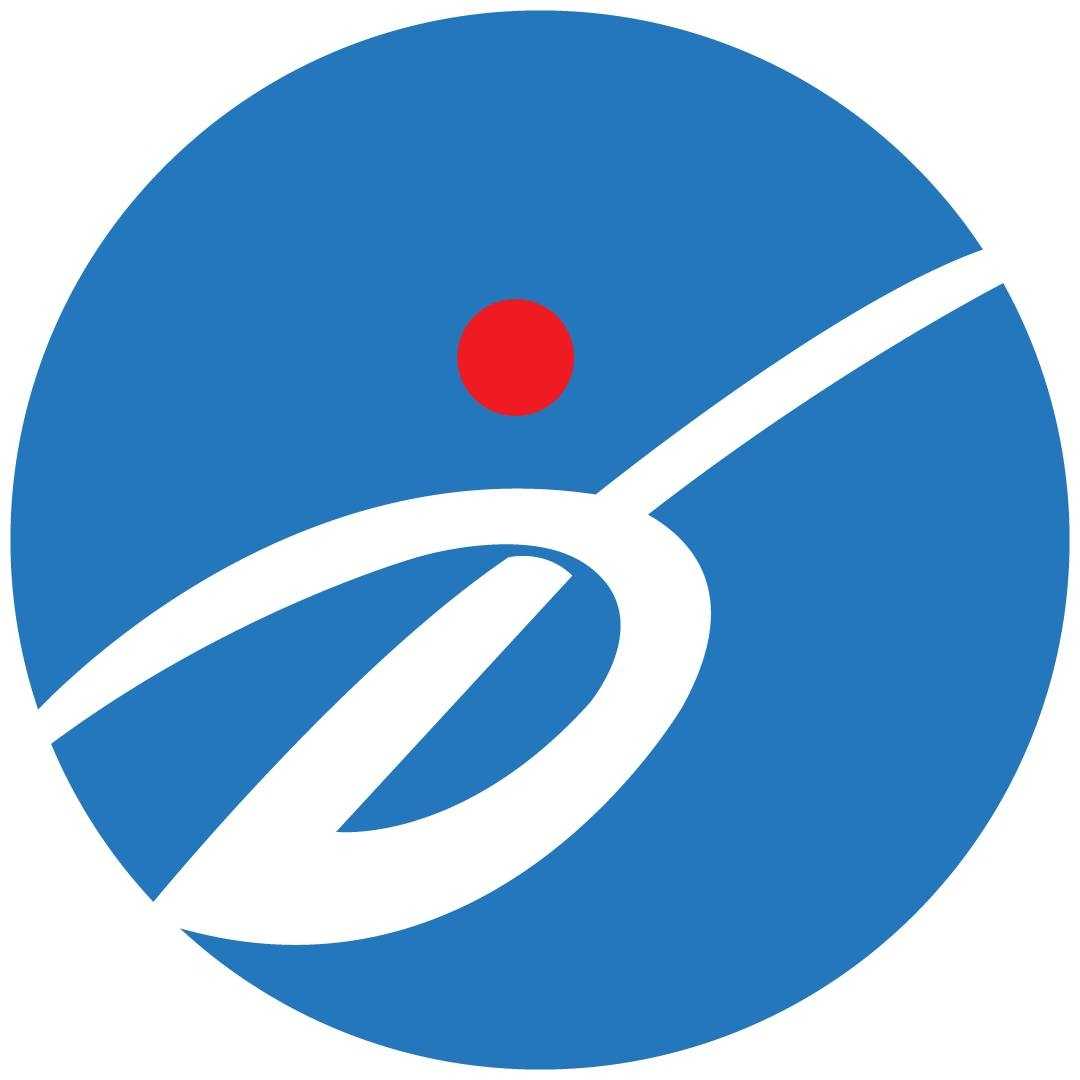



Share this listing